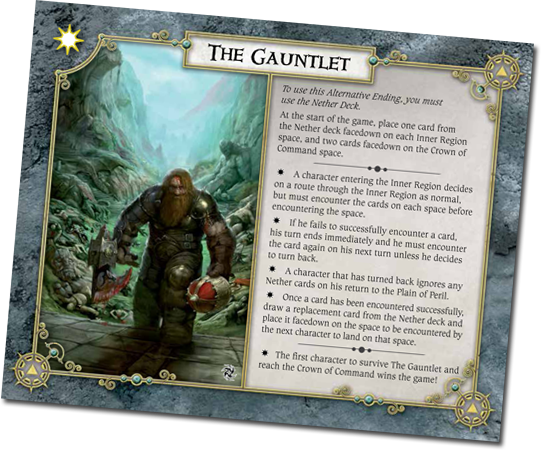I've been playing Talisman Digital with City and Nether Realm expansions, using The Gauntlet ending (which seems a good way to make the end game tougher and prolong the game a little requiring tougher characters).
I have been able to use Hopper to "hop" each Nether card in the Inner Region to bypass all encounters in a single turn until the Crown of Command space (where I was able to use the Merchant power to bribe a big Monster to go away); and I've used Stompy to "stomp" each card in the Inner Region to avoid each Nether Realm encounter, including one of the two cards at the Crown of Command.
Are these legal moves? The pets in question are quite strong all over the board but the ability to bypass so much in the Inner Region seems utterly broken.
Edited by Gentlegamer